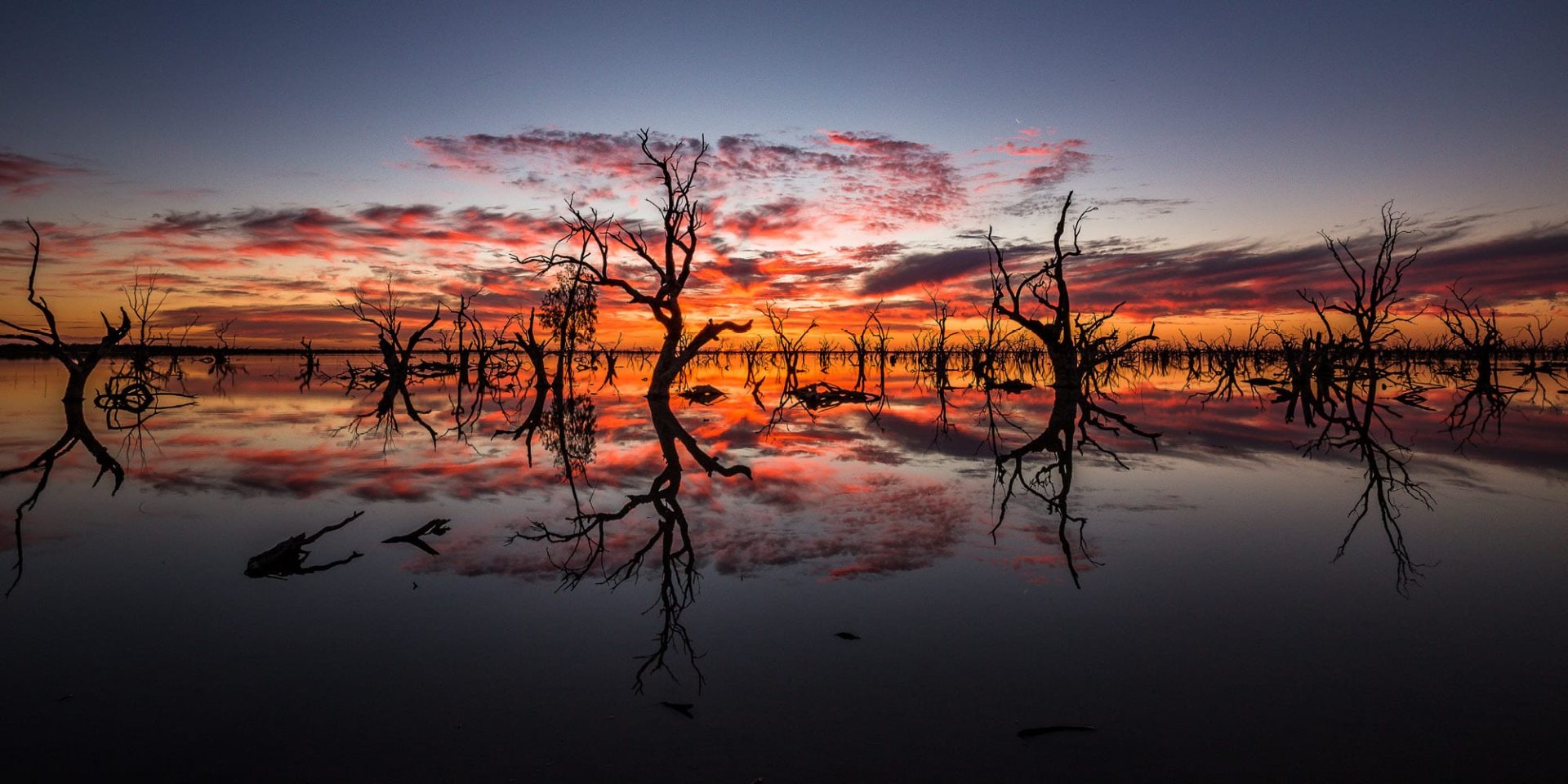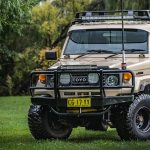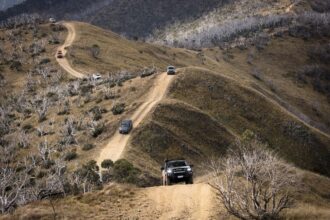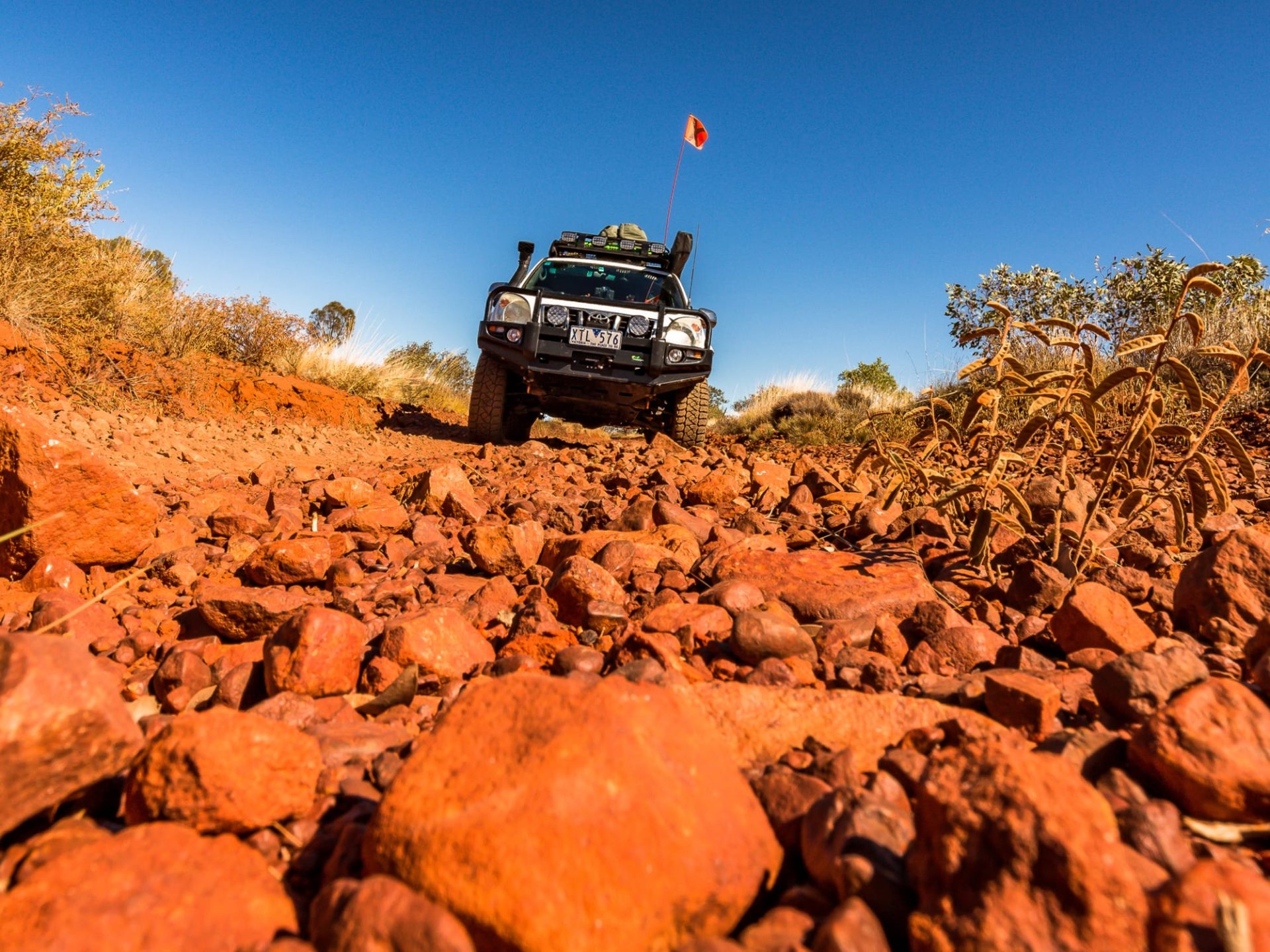I rise in the drought
from the Queensland rain,
I fill my branches again and again;
I hold my billabongs
back in vain,
For my life and my peoples,
The south seas drain,
And the land grows old
And the people never
Will see the worth of the Darling River
– Henry Lawson
The word had gone out that the Darling River was flowing thanks to flooding from Queensland, so I wanted to check it out and see if it was true. A quick call to the Ed and he gave me the nod, so off I went. What did I find?
CLICK HERE TO READ ABOUT THIS TRAVEL ARTICLE IN OUR ONLINE MAGAZINE
The kookaburras and whistling kites roused me from my slumber and I didn’t muck around with packing up the swag before enjoying breakfast at the junction of the Darling and Murray Rivers at Wentworth. This is also where Edward John Eyre and later Charles Sturt crossed the river at a point known as Hawdon’s Ford.
The road to Pooncarie follows the Darling at a respectable distance, across former floodplains that would stretch for 80km when the river was in flood, but that was before the river was restricted at Menindee Lakes, a chain of ephemeral freshwater lakes built in 1949.
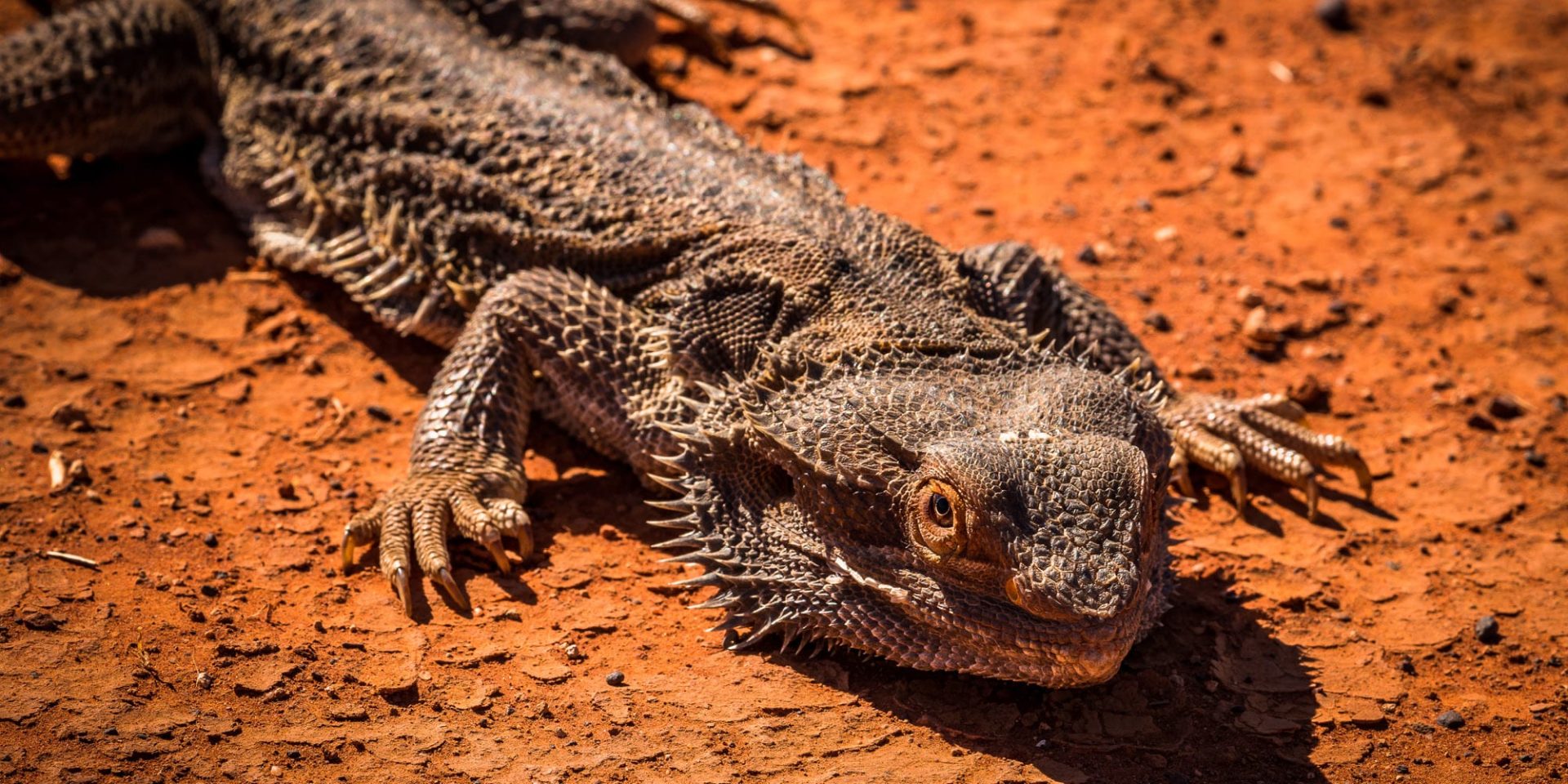
The red dunes appeared as I neared Pooncarie and I decided to chuck a right and detour down Top Hut Track to Mungo Lakes National Park. I dropped my tyre pressures to better suit the conditions and an hour later I was entering the park. If you haven’t been to Mungo yet, add it to your bucket list – you’ll love it.
Head to the Visitors Centre and get on a Cultural Tour, it gives you better access to the amazing Walls of China and a better understanding of the significance of the place. Walk through the Woolshed and smell the lanolin that remains before driving the circuit track that shows off Mungo’s pastoral heritage. The campground isn’t a bad place to hang out after a day exploring, either. Heading back along Top Hut Track to Pooncarie, I rolled the swag out alongside the Darling and cooked some tucker before hitting the hay.
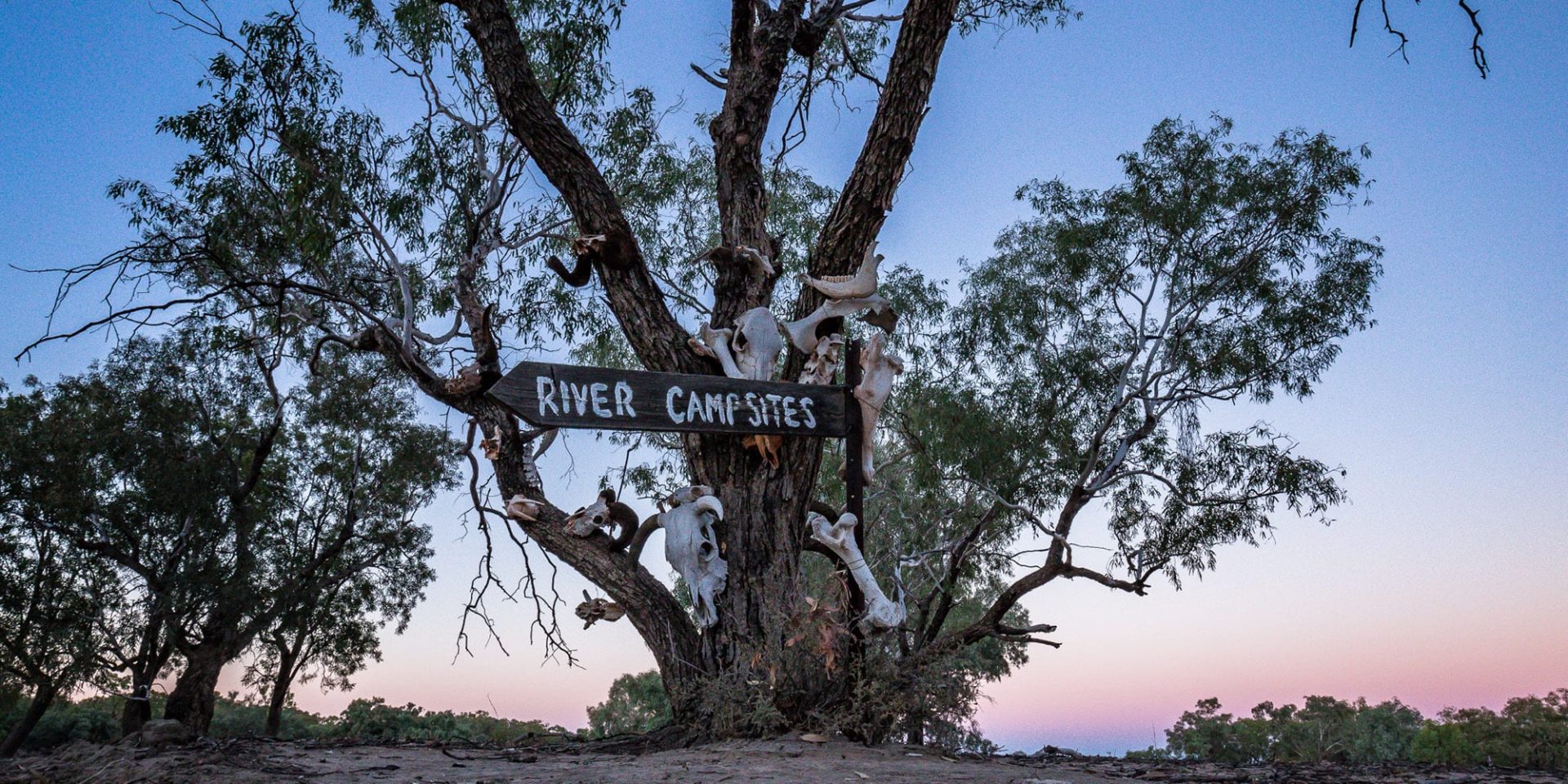
Next morning, I packed up as the sun rose and headed into town, a shower and cooked breakfast a great way to start the day. With a pub, store and café/gallery, Pooncarie has a lot to offer the passer-by.
Deciding on driving a road less gravelled, I took the Old Pooncarie Road north. It was an amazing drive, the countryside ever changing and in places, it appeared haunted, a weathered wasteland of grey soils and dying gums. I loved the feeling of solitude and remoteness, and I knew I was in the right place.
There are a few great spots where the road gets close to the Darling and you can walk in to have a look. At one spot I ran into a couple of blokes from NSW Water who were measuring the flow of the Darling with a strange looking bit of kit. They were happy with the results; there was a good flow but nothing the eye could pick up.
This back road led me to Kinchega National Park, the River Drive a great way to see the Darling and some great campsites too. I stumbled across the boiler belonging to PS Providence, a paddleboat that exploded, killing all but one passenger. It appears the crew returned from the pub, the vessel having been stuck in the mud for 12 months, left their mooring and forgot to refill the boiler with dire consequences.
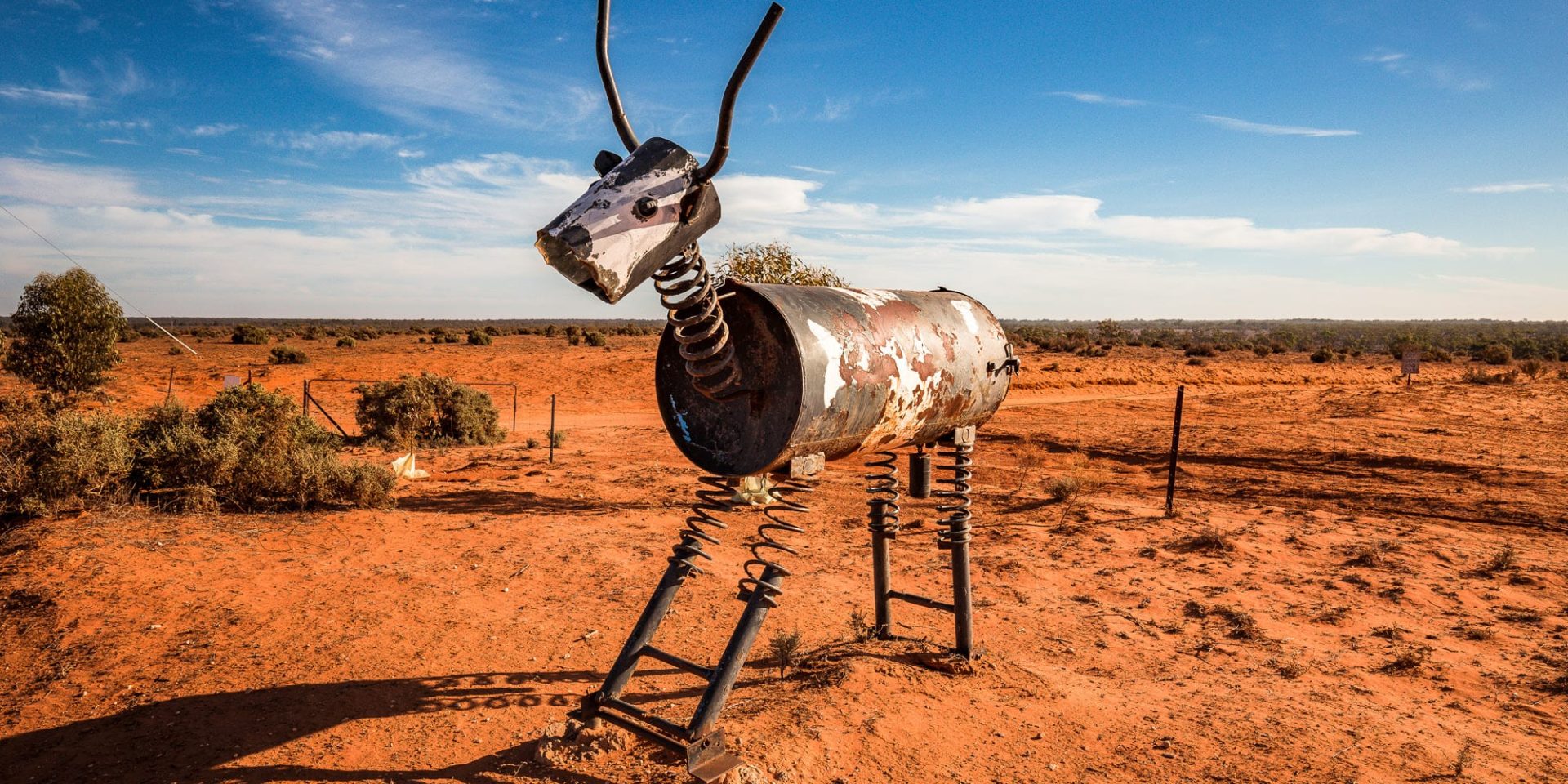
If you would like to know more about Kinchega National Park, you can read about it here.
After catching up with the publican at Maidens Hotel in Menindee, I drove the short distance and camped next to Lake Pamamaroo, not far from where the Burke and Wills Victorian Expedition set up their base camp on 9 October 1860. I was spoilt with a cracking sunset, before enjoying a port beside a small fire – the perfect way to close a night.
With a big day’s drive ahead, I rose at dawn and hit the road as the sun poked its nose over the horizon. The track to Wilcannia was dusty, the cloud hanging in the still air. I was alert to kangaroos, emus and cattle early on, but as I moved north the drought conditions worsened, few animals to be seen.
At Wilcannia the people are angry, angry about water. Wilcannia has very little water left, and the flow from the north is expected to be a mere trickle. From here on in all I meet are people angry about Darling water. With the country being so dry and little, if any, feed for stock, something needs to be done.
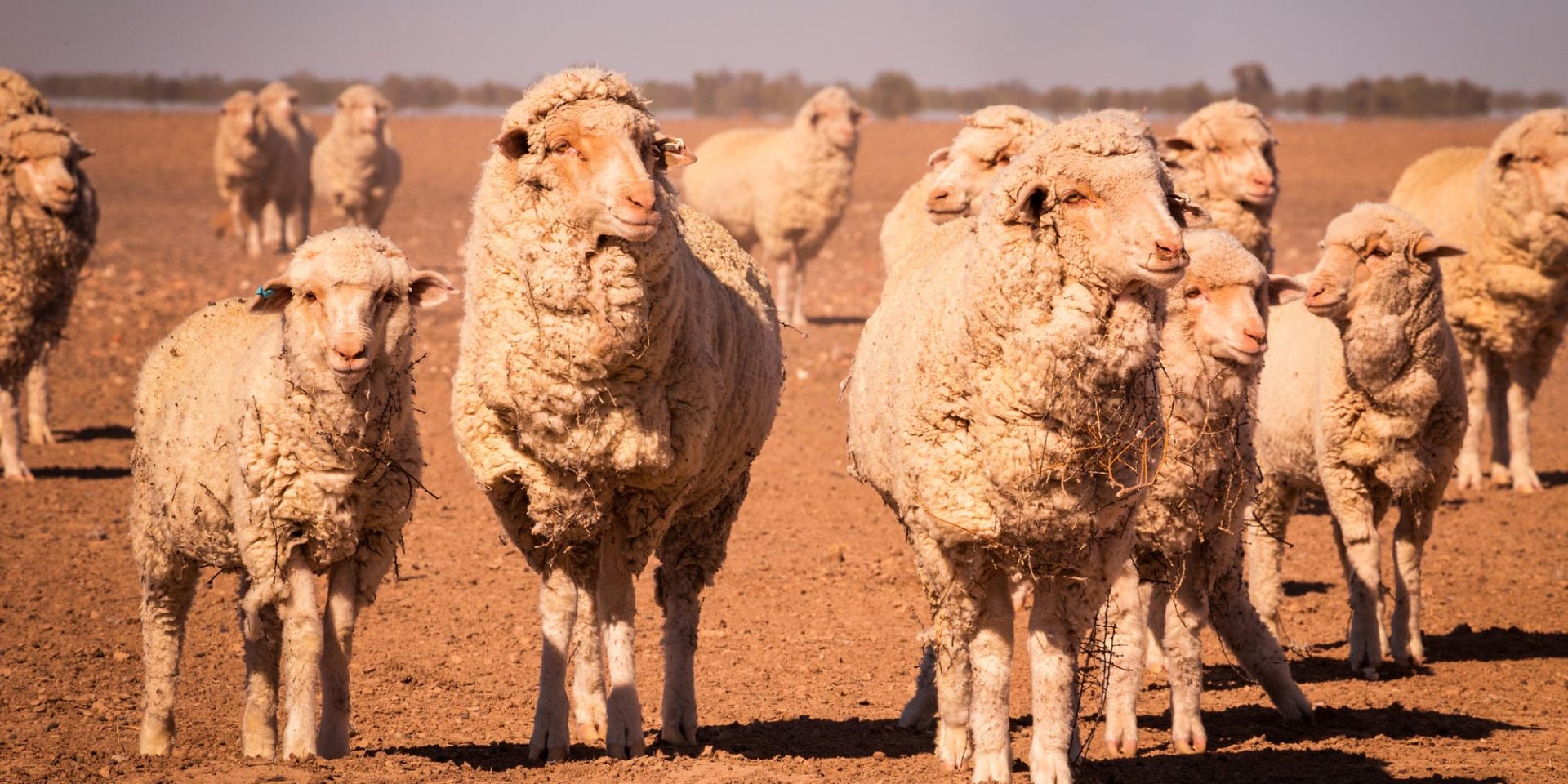
The flow had reached Tilpa the day before I arrived, but it brought a smirk rather than a smile to the girl behind the bar at the Tilpa Hotel. The feeling was the same at Shindy’s Inn in Louth; it seems the only thing people want to talk to me about is the water situation. I took my leave and continued along the dry, dusty road.
When it comes to living with waterside views, I’m not talking about Sydney Harbour, I’m talking about bush camping sites at Trilby Station. Only 25km from the Shindy Inn at Louth, when there is water in the Darling, this is one of the best station stays to roll out your swag, set up the camper trailer or park the caravan.
They also have five powered sites and if you’re tired of camping, check into the Shearers Quarters or one of the cottages. Relax by the water or better yet, grab a mud map from Liz and spend a few hours driving around the working station. You will get up close and personal with sheep, goats, kangaroos and emus and if lucky, will spot a wedge tail soaring in the sky.
Liz and Gary Murray have lived at Trilby since 1981, however, Gary’s family have farmed this land since 1860. You could buy 60 acres for 60 pounds sterling back then, and the Dunlop property grew until it was divided up among Murray family members in the early 1950s. The property has suffered terribly from long drought conditions and has had to hand feed their sheep for a few years now with very little natural feed available.
Goats have been added to help as an additional income stream and you can check out the water trap and goat mustering yard on the self-drive.
The best bit though is Newchum House! Built in the 1950s, it was occupied up until 1965 when the family moved to a fully furnished homestead on the Darling, leaving everything as you see it today. The nearby double-decker bus has a story to tell too, make sure you ask Liz about that.
The water levels at Trilby have dropped already, and with pressure building for control to be regained, an environmental release is happening soon, but from where is what everyone asks. You can’t give what you don’t have, and that is the biggest problem.
With less than 100km to Bourke, I took my time avoiding the bulldust holes as best I could. Yanda Campground on the Darling, part of Gundabooka National Park, was a great little spot. With free LPG BBQs, toilets and a walking track down to the river, it was the perfect spot to cook up some morning tea. Pulling into Bourke, I fuelled up before heading to the Back O’ Bourke Exhibition Centre to explore the interactive displays and learn more about Bourke and its relationship with the Darling River.
A major water source of the Murray-Darling Basin, the Darling has been severely mismanaged since it was discovered by Europeans.
The waters are in high demand for its ecology, pastoralists, farmers, towns and, the most controversial of all it seems, the cotton farmers.
With my mind spinning from all I’d learnt, I continued to Kidman’s Camp in North Bourke, setting up camp on soft green grass under the shade of a tree, before diving into the refreshingly cold pool. It felt strange having driven over 1,100km following a river struggling to stay alive, with an air of controversy hanging over it and coupled with land devoid of good rains for years, to be jumping into a crystal-clear pool full of water. It was a great way to bring a close to this trip though and feel refreshed for my next adventure.
Destination details
Where: The Darling River meets the Murray River at Wentworth in NSW. It’s journey begins where the Culgoa and Barwon River meet near Bourke in northern NSW.
Camping: There are some great free campsites all the way along the Darling; WikiCamps is your friend. There are also a number of national parks that charge a minimal fee to camp and usually have facilities like drop toilets, free gas BBQs, tables and firepits. A great way to experience life out there is to stay at a Station Stay, with Trilby Station near Louth an exceptional one to explore.
Supplies and fuel: Supplies and fuel are easy to access at all the towns along the way. Prices vary though, and be prepared to pay top dollar at hotels and stores.
Trip standard: Hema Explorer rates the tracks AWD, and in the dry they are. If rain hits (not often these days) the black soil tracks are treacherous and closed quickly. Carry an air compressor as dropping your tyre pressures will help the tracks, ease the ride and reduce the chance of punctures.




